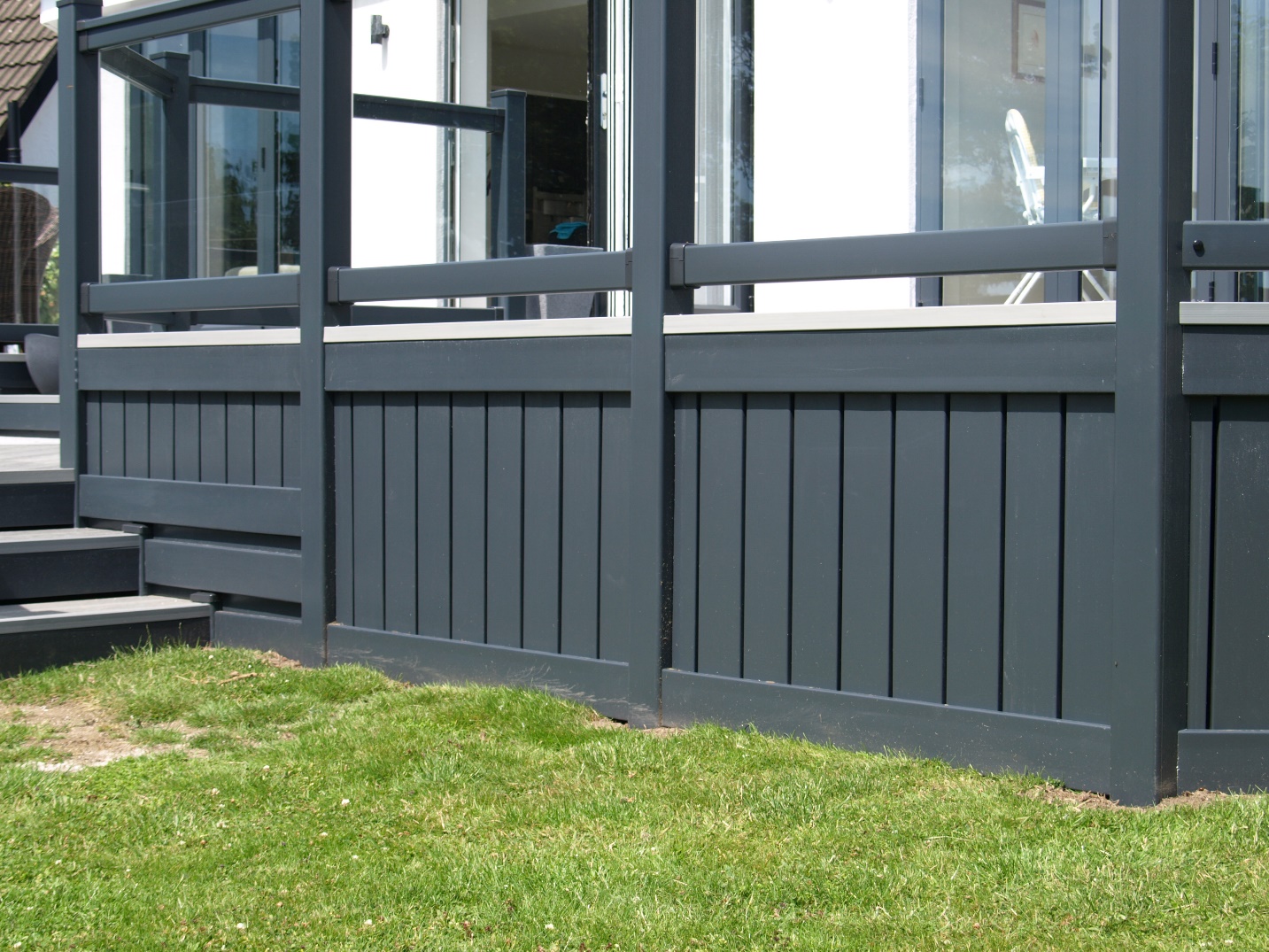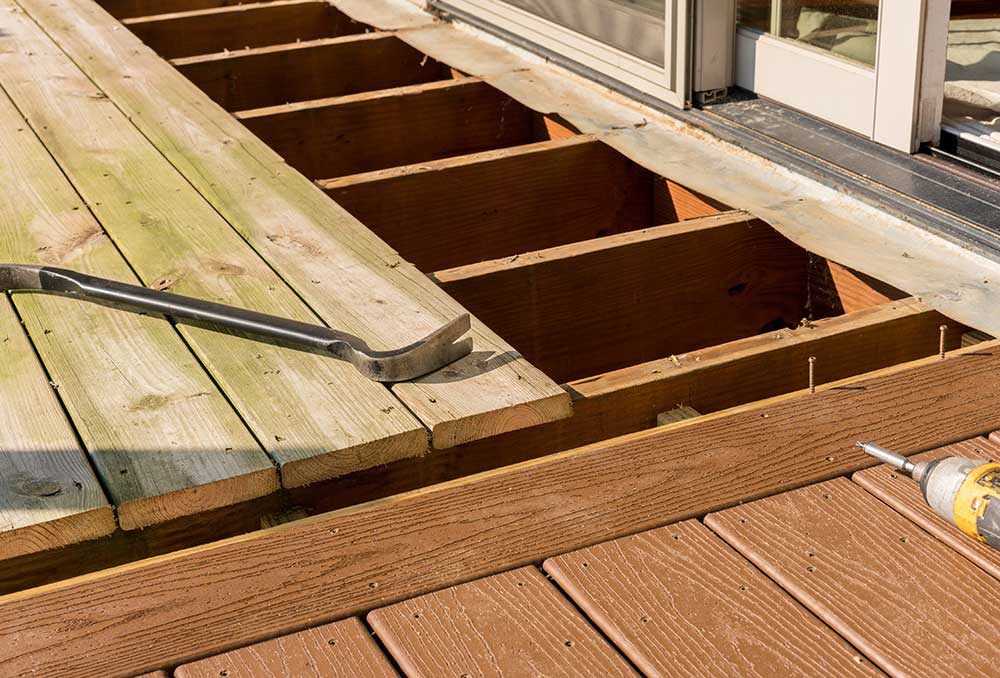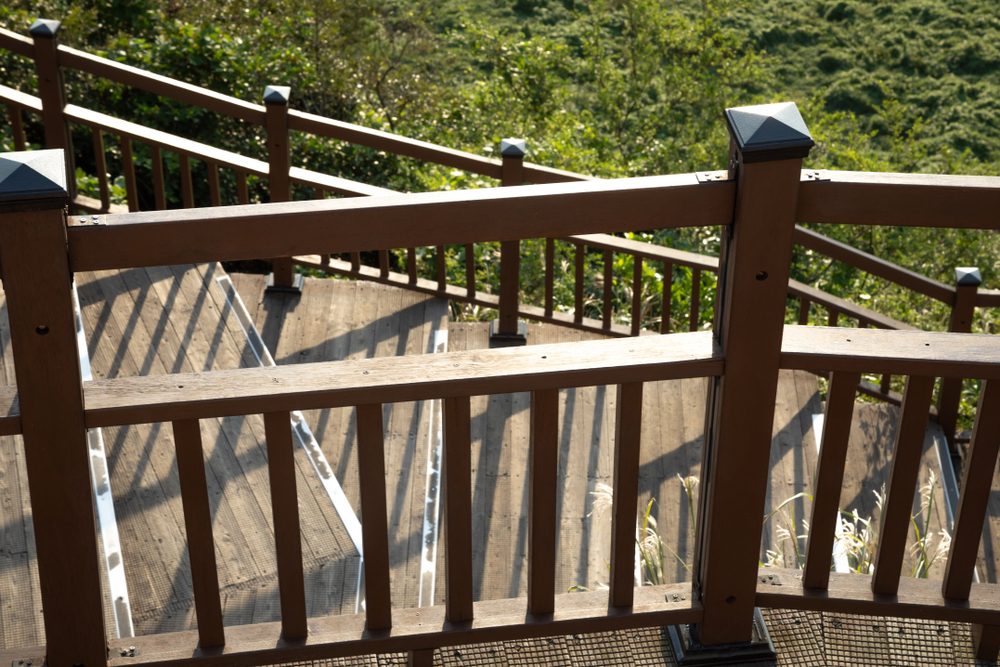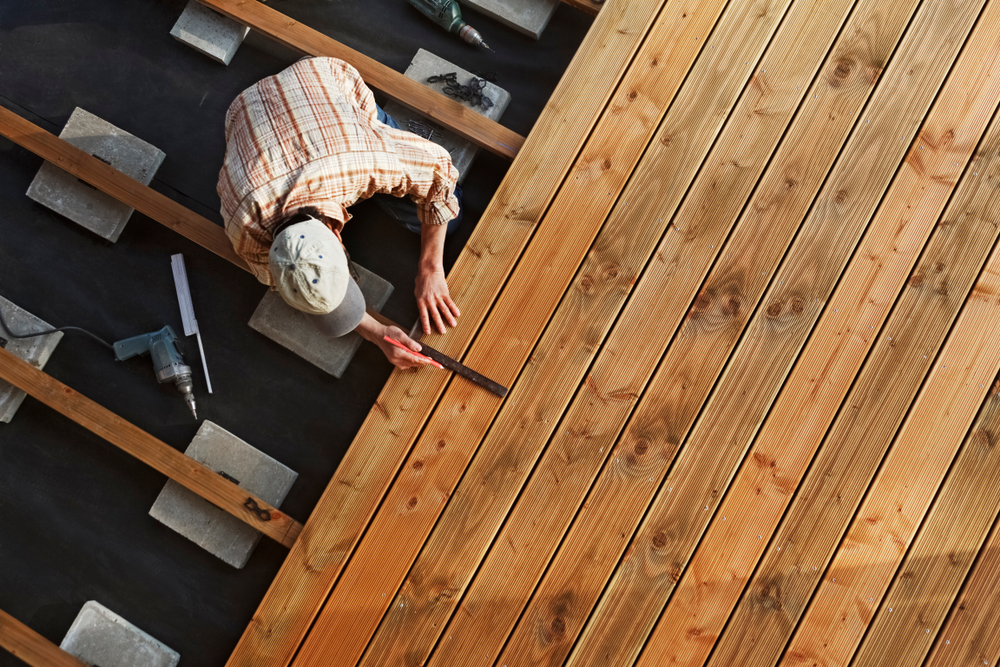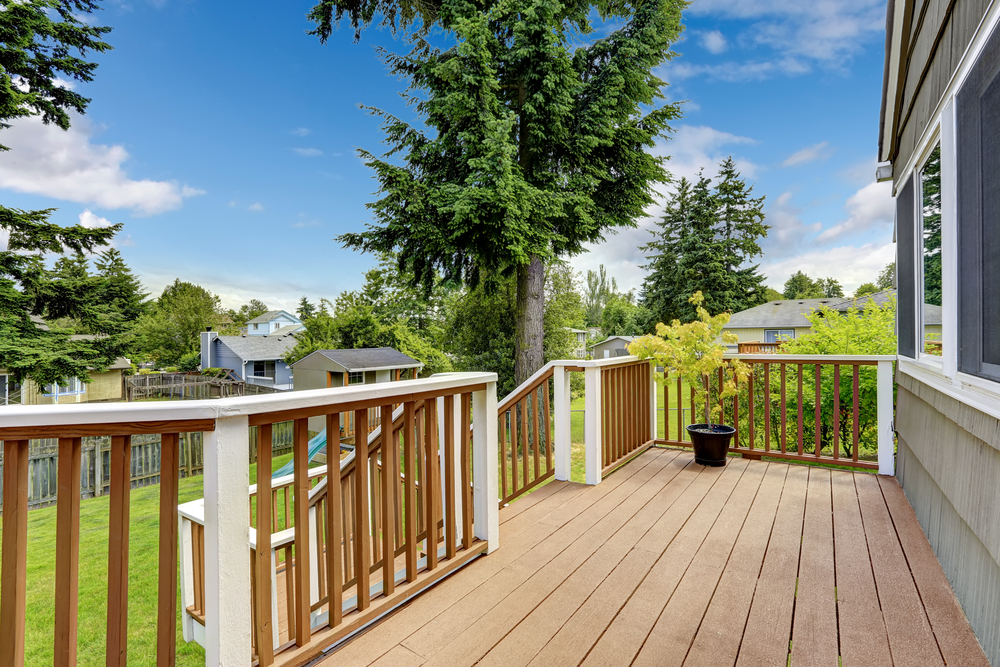Choosing to take on the task of building your own deck is a brave pursuit. While it’s tremendously rewarding, it can be equally as challenging to get it right. If you’re not a professional, it’s easy to get confused by all the different bolts and parts. It’s best to know which bolt you should use before you start building, or the deck may not be as structurally sound as it could be. So, which bolt should you use when building your own deck- a through-bolt or a lag bolt?
Both lag bolts and through-bolts can be used in all areas of construction, but they’re very different, so it’s important not to get them confused. Not only do they look different, but they’re used for entirely different purposes. Also, they’re priced differently and aren’t always available in the same places.
To know which bolt to use on your deck you first need to understand the key differences between through bolts and lag bolts. Here’s a quick rundown of how they perform.
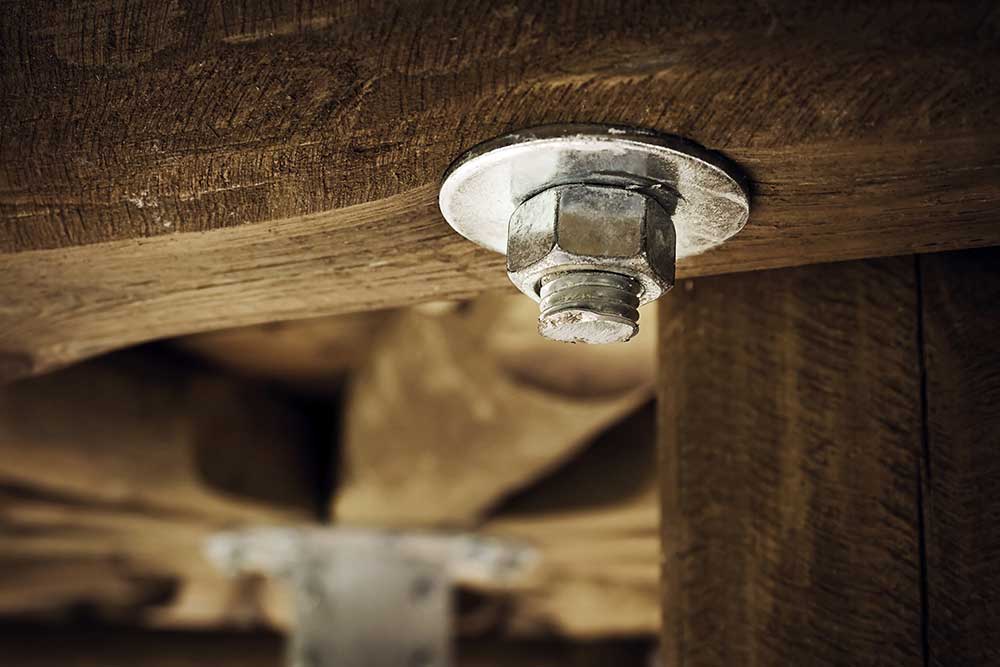
Through Bolts Vs Lag Bolts – At A Glance
Through bolts
- The entire threaded section is cylindrical, with a domed head and a square neck.
- It is used to secure joints and requires a drilled hole to be inserted as well as washers or nuts.
- Stronger and capable of supporting a greater weight capacity.
- It does not puncture the wood.
- Used in the building of railings, docks, and swing sets.
Lag bolts
- The threaded section is pointed, the head is hexagonal, and the neck is circular.
- It is used to increase strength, maybe screwed on easily, and does not require washers or nuts.
- Less powerful in comparison.
- Possibility of penetrating the wood.
- Mostly used in deck and rafter construction.
Through Bolts Vs Lag Bolts – A Closer Look
Shape
The shape of these bolts is highly distinctive. The shape is one approach to choose which one will best suit your needs. The threaded section of a lag bolt comes together at a point. Furthermore, this section of the bolt is wider in comparison. They also feature a circular neck and a hexagonal head. They are also known as lag screws. This is simply because they resemble a screw rather than a bolt.
Through bolts can also be referred to as carriage bolts or plow bolts. Their entire threaded part is shaped like a cylinder. They also have a flat edge at the bottom. They have a square neck and a domed head. This form prevents the bolt from rotating once it has been tightened.
Strength
For any type of construction, we must ensure that all parts and pieces are correctly secured. We must examine the strength of these bolts, especially if you are installing your own deck. Despite the fact that lag bolts are favored for attaching massive wood structures. They simply lack the strength of their counterparts. Mostly because they don’t always come with an extra washer and nut. As a result, they lack the ability to carry additional weight.
This is where through bolts have an advantage since through bolts are attached with fasteners. This adds strength to the thing you’ve built. They can also sustain significant weight. Furthermore, you can tighten it to your liking. Remember that your wood may shrink with time. Overtightening could be damaging to your DIY deck.
Purpose
Each of these types of bolts (on Amazon) can be used in wood construction, but they have different purposes. Lag bolts are often used when the project requires more strength. They are mostly employed in deck and rafter constructions. This is also true while constructing garages, barns, and other buildings. As a result, before constructing anything, it is required to read the instructions.
Through bolts are used in the building of dock rails and frames. This is because of their ability to avoid penetrating the wood. A swing set’s structure also necessitates most of these bolts. If you read the handbook, you’ll notice that it’s totally made of carriage bolts. Carriage bolts are commonly used in the building of pergolas. Such tasks necessitate the joining of numerous pieces of wood. You can also use carriage bolts to fix your sagging bed slats. Simply use these bolts to secure the slats to your frame.
Ease of Use
As previously stated, these bolts are both used in construction. The difference is in how they are employed. Lag bolts can be drilled or twisted on since they have a pointed end. You do not need to drill a second hole to attach these. As a result, they are considerably easier to install. Their pointed threaded section aids in gripping. That, too, without the need of a fastening.
Through bolts, on the other hand, are a popular type of fastener. However, because of their shape, you must drill a hole to install it. As a result, it takes a little more effort than lag bolts. Furthermore, this pair of bolts necessitates the use of washers. They also require a nut to effectively fasten to the surface. This is due, once again, to their shape.
Their shape, on the other hand, will aid in the fastening of your surfaces together. As a result, one may claim that the application process is a little harder in comparison. However, it is critical to memorize the washer and nut information. This is because the bolt will not function correctly without these. Furthermore, this aids in distinguishing between them.
The Bottom Line
Now that you know the differences between through bolts and lag bolts, it’s time to choose which to use when building your own deck.
While you should always use the recommended tools outlined in the instruction manual, it’s important to remember that a through-bolt is used for joining, and lag bolts are used to make the fastening stronger.

